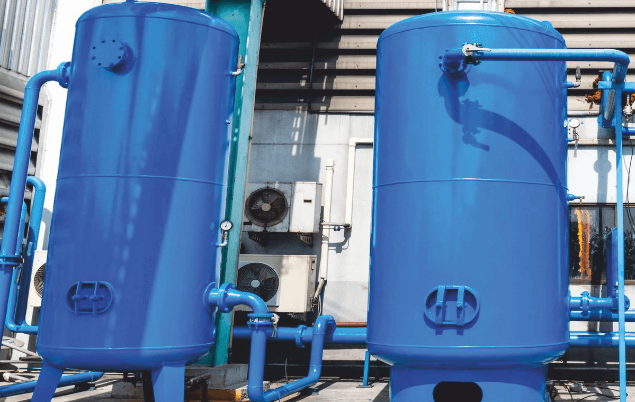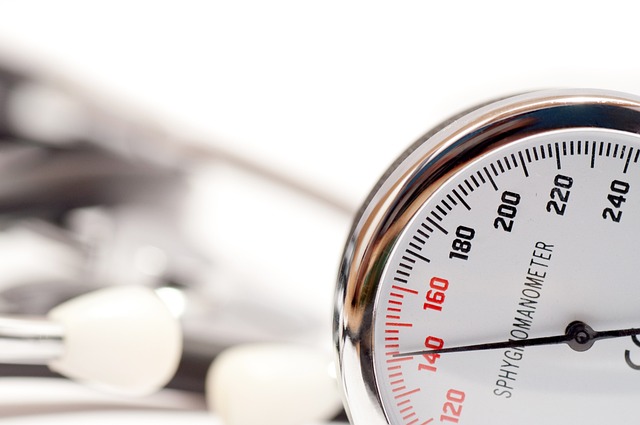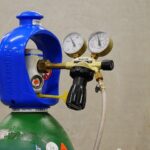Non-Destructive Testing, also referred to as NDT is a scientific tool of testing materials and structural components without causing any damage to them. As compared to destructive tests, where, in the process of testing the properties, the samples are broken or cut, NDT methodologies avoid damaging the object being examined. This is particularly important in the case of pressure vessels as the equipment is costly, can be huge, and vital to continued operation. Thus, the NDT Test of Pressure Vessel in Gujarat is now the center of operation safety and legal regulation.
Types of Tests Included in an NDT for Pressure Vessel Plant
NTD in a pressure vessel plant is an extensive field. Currently, Trivedi and Associates uses a number of methods each of which is particular in identifying specific types of flaws:
- Visual Testing (VT) is the simplest and the most common technique. Corrosion, misalignment, visible cracks or poorly performed welds may not be noticeable by the naked eye but with a trained eye, they can be detected by a trained inspector as they conduct a visual examination. This initial measure would guarantee that glaring defects are not missed.
- The other standard practice is Liquid Penetrant Testing (LPT) also known as Dye Penetrant Testing. This method applies to non porous surfaces to emphasize the cracks going through the surface. Inspectors put a liquid penetrant into their flaws, and then put another liquid known as a developer into their flaws, which pulls back the penetrant and shows the flaws very well.
- In the case of ferromagnetic, Magnetic Particle Testing (MPT or MPI) is frequently carried out. The method of magnetizing the surface and dusting it with the fine magnetic particles allows inspectors to observe patterns which reveal cracks or other discontinuities just below or on the surface.
- Ultrasonic Testing (UT) and more specifically ultrasonic thickness gauging is vital to pressure vessels. Inspectors are assisted by the high-frequency sound waves in the measurement of the remaining wall thickness and the detection of internal flaws hidden. This is the main technique to make sure that the vessel has not been corroded or eroded to the point of being unsafe.
- Lastly, Welds and internal structures are checked by Radiographic Testing (RT). Inspectors obtain a picture of the internal structure of the vessel using X-rays or gamma rays to see the porosity, unfinished fusion, inclusiveness and other latent defects.

Hence the NDT Test of Pressure Vessel in Gujarat has taken center stage in the operational safety and legal compliance.
How is it Performed
NDT in a pressure vessel plant is an organised and systematic task. The first step that inspectors undertake is to identify the statutory rules applicable and the best methods of Non-destructive tests that suit the vessel design, service conditions, and the history of the inspections.
The surface is prepared after the scopes have been defined. This can include the removal of rust, paint or other finishes or contaminants which might conceal defects. Surfaces should be clean so that the results obtained are accurate.
The findings are interpreted and recorded. Certified inspectors evaluate the facts on whether the findings are within acceptable limits as stipulated in design codes and statutory requirements. In case of defects, suggestions aimed at repair, additional monitoring or rejection are proposed.
Lastly, and in agreement with the requirements of the law such as the SMPV(U) Rules, hydrostatic or hydraulic testing can also be performed as a complement requirement. Trivedi and Associates offers the services of carrying out NDT to provide statutory certificates under Rule 19 in order to keep the plant legally on track.
Difference Between HT and NDT Test
Even though NDT is sometimes referred to in conjunction with other processes, it is not to be mixed with Heat Treatment (HT):
- Heat Treatment is a series of procedures involving the heating and cooling of materials under controlled conditions with the aim of modifying their mechanical behaviour. This can help alleviate remaining stresses, enhance toughness, augment hardness or augment ductility.
- NDT, on the other hand, does not modify the material in any fashion. Rather, it is a method of inspection to identify defects, check material status and integrity.
- Whereas HT is conducted to increase or change the material after manufacturing or repairing, NDT is conducted to determine whether the material or component is safe to utilize.
- Essentially, HT involves property improvement whereas NDT involves fault detecting. Trivedi and Associates focus on NDT as a lawful obligation towards continuing safety whilst HT is an auxiliary operation implemented most frequently in fabrication.
Who Can Perform and Witness
Pressure vessels cannot be inspected by anyone with NDT; it should be done by a particular person who has certain competence and the statutory recognition. In Trivedi & Associates, inspectors are certified at ASNT Level II, which implies that they have been trained, tested and qualified to perform and interpret findings of different NDT methods.
Besides technical proficiency there is also a legal requirement. According to SMPV(U) Rules and other statutory provisions, external and internal examination, hydro tests and the correct issue of an inspection certificate can be performed only by a competent Person who has been acknowledged by the authorities. Trivedi and associates are legally approved to offer these services making any inspection legally sound.
Benefits of NDT
- The benefits of NDT in a pressure vessel plant are more than many. The foremost is safety.
- Early identification of cracks, corrosion or loss of thickness before they result in failure averts accidents that can be disastrous.
- Statutory compliance is also another advantage. The Indian laws like the Factory Act, Petroleum Rules and SMPV (U) Rules require that there be a periodical inspection.
- NDT also results in increased service life. This is because through regular monitoring, firms can repair or strengthen vessels before the defects are beyond repair. Economic benefits are also present.
- Lastly, NDT is documentation and traceable. With every inspection, a comprehensive report will be generated and formed in the history of the vessel that can be used in audits, insurance and maintenance planning.
Other Areas Where NDT Can Be Applied
Although pressure vessels are one of the most important examples of NDT usage, Trivedi and Associates has numerous other parts under the scope of these methods:
- Pressure pipelines transporting gases and liquids are checked against the defects in weldings, corrosions, and leakages.
- Storage tanks and chemical installations need to be periodically inspected according to the types of chemicals placed in it, and corrosive or toxic substances require more frequent inspection.
- NTD may also be used to examine welds, shells, and nozzles on other stationary equipment including heat exchangers, reactors and boilers. Even the pressure relief valves and excess flow valves, which are regarded as safety devices, are calibrated and checked by the aid of NDTs.
The flexibility of NDT has rendered it invaluable in any industry, such as the oil and gas industry, petrochemical industry, fertilizer industry, power production, and heavy manufacturing industry.
The NDT Test of Pressure Vessel in Gujarat is not just a technical procedure but a protection on industries, workers and environment. NDT uses visual testing, dye penetrant testing, magnetic particle inspection, ultrasonic testing, and radiography among other methods that have made certain that vessels are safe and adhere to statutory regulations.
Besides the pressure vessels, NDT can be used on pipelines, storage tanks, lifting equipment and safety valves and hence its applicability to many processes involved in industries. The benefits of it are its safety, compliance, cost savings, increased service life, and proper documentation that cannot be neglected by the modern factory.
Organizations that require professional, recognized and reliable NDT services in India can always depend on Trivedi and Associates as a partner. The industries are confident in the safety, compliance and sustainability in their operations due to their knowledge and credentials as well as legal recognition.




